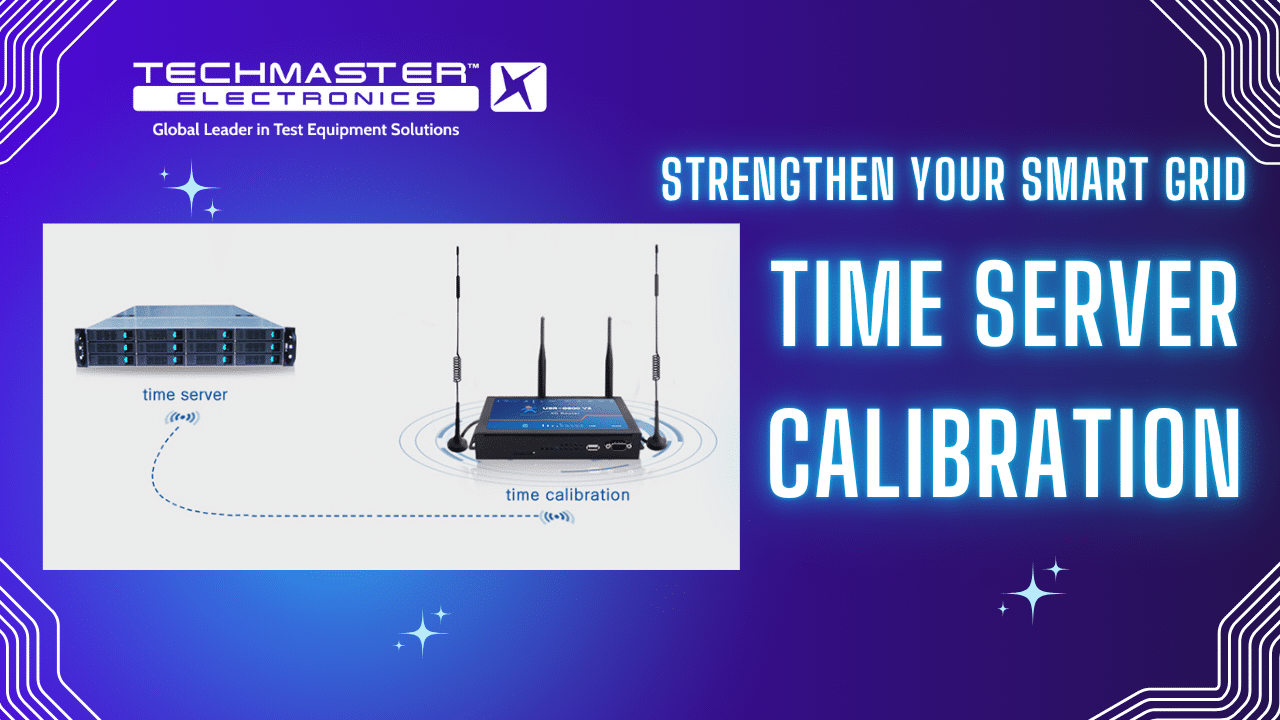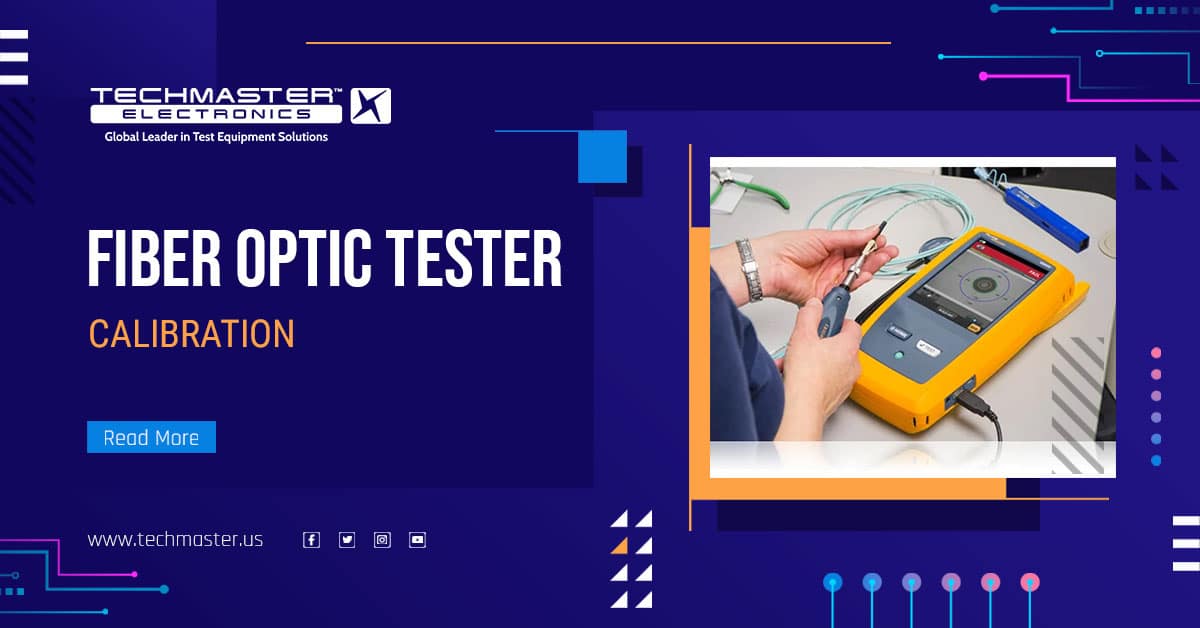Optimizing Positioning and GPS Systems: The Core Role of Frequency Calibration
In our incredibly connected world, Global Positioning Systems (GPS) have become essential. They guide your daily commute, and they also manage complex industrial tasks. What’s more, GPS even helps self-driving cars. Accurate location data, therefore, is crucial. However, true pinpoint accuracy doesn’t just happen. The very core of GPS precision lies in exact time and frequency.
This article will dive deep into GPS frequency calibration – the unsung hero behind your GPS system’s reliability. We’ll explore why it’s absolutely vital. Furthermore, we’ll cover what the calibration process involves. Plus, we’ll show how prioritizing this often-overlooked service can unlock the highest levels of accuracy for your modern positioning systems.

The Unseen Foundation: How Time and Frequency Drive GPS Accuracy
To truly understand GPS frequency calibration, you must first grasp how GPS works.
The GPS Core Principle
GPS, and its broader counterparts like GNSS (Global Navigation Satellite System), use trilateration. Satellites in orbit continuously send signals. These signals contain precise timing information and the satellites’ exact orbital positions. Your GPS receiver then measures the tiny time difference between when satellites sent these signals and when it received them. By calculating these time differences from at least four satellites, the receiver determines its own accurate three-dimensional position.
The Speed of Light Challenge
Frequency is key here. Radio signals from satellites travel at the speed of light—about 299,792,458 meters per second. Consequently, even a tiny time error leads to a huge distance error. For example, just a 1-microsecond (one-millionth of a second) timing error can shift your position by almost 300 meters!
The Role of Oscillators
Every GPS satellite, for instance, has super precise atomic clocks. They maintain an incredibly stable and accurate frequency. Similarly, your GPS receiver also contains an internal component: an oscillator (often a crystal or oven-controlled crystal oscillator – OCXO). This oscillator generates the local frequency. It helps the receiver process satellite signals. It also keeps its internal clock running. Thus, both satellite clocks and receiver oscillators must generate and maintain their frequencies with extreme precision. Any deviation, or “drift,” directly compromises time measurements. This, in turn, impacts your GPS position.
Why Your Positioning System Needs This Service
No oscillator is perfectly stable. Therefore, this inherent characteristic makes GPS frequency calibration absolutely necessary.
The Inevitable Drift of Oscillators
All oscillators, even high-quality ones, drift over time. For example, factors like aging components, temperature changes, and physical vibration cause their output frequency to deviate from its intended value. Environmental factors also play a role. This drift accumulates over hours, days, and months of operation. It directly impacts timing accuracy.
Mitigating Receiver Clock Errors
Accumulated frequency drift creates “receiver clock errors.” These errors occur because the receiver’s internal clock falls out of perfect synchronization with satellite clocks. Such discrepancies are a primary source of GPS inaccuracy. However, regular GPS frequency calibration directly addresses this. It brings the receiver’s oscillator back to its precise specification. Consequently, this corrects its internal clock and mitigates these errors.
Enabling High-Precision GNSS Technologies
Technologies like RTK (Real-Time Kinematic) and PPK (Post-Processed Kinematic) offer centimeter-level accuracy. They rely on receiving correction data from a stationary base station. For these corrections to be effective, both the base station’s and the rover receiver’s internal oscillators must synchronize with incredible precision. Even minor frequency mismatches between these units can significantly degrade the benefits of RTK/PPK. Therefore, Frequency calibration ensures this critical synchronization.
Ensuring Data Integrity and Compliance
In many professional and industrial applications, GPS data is vital. It is used for data logging, resource management, and regulatory compliance. Accurate timestamps are paramount. They help correlate data from various sensors. Furthermore, they ensure event sequences record correctly. This provides reliable evidence for auditing or forensic analysis. Unfortunately, uncalibrated systems give unreliable data. This can cause costly errors, legal issues, or safety hazards.
The Process of Satellite Frequency Calibration: What It Entails
GPS frequency calibration is a highly specialized metrological procedure. It’s not a simple adjustment.
The Calibration Standard
Reliable frequency calibration uses a primary, highly stable, and traceable frequency standard. These are typically sophisticated instruments. For instance, they include rubidium or cesium atomic clocks. They can also be high-end GPS-disciplined oscillators. These are themselves regularly calibrated by national metrology institutes. This ensures the reference frequency is as accurate as possible. Furthermore, it links directly to Coordinated Universal Time (UTC).
Measurement and Adjustment Steps
Technicians precisely measure the output frequency of your GPS device’s internal oscillator. They do this by connecting it to a high-resolution frequency counter. This counter uses the primary reference standard. They then compare the measured frequency against the device’s specified nominal frequency. If they find a deviation, they adjust the oscillator. However, if adjustment isn’t feasible, they determine a precise correction factor and document it.
Traceability and Certification
Traceability is crucial in professional GPS frequency calibration. This means they document the entire measurement chain. It links your device to the primary standard. After successful calibration, you receive a detailed calibration certificate. This certificate includes the measurement results (before and after adjustment), the uncertainty of the measurement, the calibration date, the next recommended calibration date, and crucial information about the standards used. Moreover, reputable calibration labs issue certificates accredited to ISO/IEC 17025. This signifies their technical competence and quality management system.
When is GPS Frequency Calibration a Must?
Knowing when to perform GPS frequency calibration is key to maintaining system performance and reliability.
- New Equipment: Any new critical GPS or GNSS equipment should undergo an initial calibration. This confirms the device performs to specification. It also establishes a baseline for future checks.
- Scheduled Intervals: Follow the manufacturer’s recommendations. This can be annually or biannually. Alternatively, base it on usage intensity. This is proactive maintenance.
- After Repairs or Major Events: If your GPS device has hardware changes, major repairs, or experiences physical shock, or extreme environmental exposure, recalibration is strongly advised. Such events can affect internal component stability, including the oscillator.
- Performance Degradation: If you observe unexplained decreases in GPS positional accuracy, increased system errors, or inconsistent readings, frequency calibration should be a first troubleshooting step. Often, it identifies and fixes the underlying timing issue.
- Regulatory Compliance: For industries with strict regulations on measurement accuracy (e.g., aerospace, defense, mapping, land surveying), periodic GPS frequency calibration isn’t just good practice; it’s a mandatory requirement for maintaining compliance and avoiding penalties.
The Transformative Impact: Benefits of Precise GPS Signal Calibration
Prioritizing accurate GPS frequency calibration brings clear advantages. Indeed, it directly translates into significant operational benefits.
- Unrivaled Positional Accuracy: Tuning your GPS receiver’s oscillator perfectly unlocks your hardware’s full potential. This lets you achieve the highest possible positional accuracy. Consequently, you can push into sub-meter, centimeter, and even millimeter levels required by advanced applications.
- Enhanced Operational Efficiency: Precise positioning directly impacts efficiency. Think of optimized logistics routes. Consider exact guidance for agricultural machinery to minimize overlap and waste. Or perfect alignment for construction projects. Clearly, calibration streamlines these processes, saving time and resources.
- Increased Safety and Reliability: In critical applications like autonomous vehicles, drones delivering essential supplies, or monitoring sensitive infrastructure, absolute positional accuracy directly contributes to safety. Reliable location data, therefore, reduces the risk of errors, accidents, and system failures.
- Reduced Operational Costs: Preventing errors from inaccurate positioning reduces costly rework. It minimizes material waste. Moreover, it also improves fuel efficiency in transportation. This leads to significant cost savings over time.
- Stronger Data Trust: Every location timestamp becomes reliable. This ensures that any data collected by your GPS-enabled devices is trustworthy for analysis, auditing, and informed decision-making. Thus, it builds confidence in your entire data ecosystem.
Choosing the Right Partner for Your GPS Frequency Calibration Needs
Given the specialized nature and critical importance of GPS frequency calibration, selecting the right service provider is paramount. Do not compromise on quality or expertise.
- Accreditation Matters: Always prioritize calibration labs accredited to ISO/IEC 17025 for time and frequency calibration. This international standard assures their technical competence, robust quality management system, and consistent delivery of valid results.

- Deep Expertise: The chosen provider should have a team of highly skilled technicians and metrologists. They must understand frequency measurement intricacies. Furthermore, they also need a profound grasp of GNSS technology and its specific challenges.
- Traceability Assurance: Confirm their calibration procedures and reference standards are fully traceable to national or international primary time and frequency standards. This, consequently, guarantees your calibration certificates’ validity for audits and compliance.
- Comprehensive Service: Look for a partner offering clear communication and detailed calibration certificates. They might also provide additional services, such as on-site calibration or technical support.
Conclusion
In conclusion, GPS frequency calibration is far more than a routine maintenance task. It is, in fact, the fundamental cornerstone of precision in our modern, location-driven world. By ensuring your GPS systems calibrate to the highest standards, you are not just maintaining equipment. Instead, you are investing in your data’s integrity, your operations’ efficiency, and your critical applications’ safety. Therefore, don’t let unseen frequency drifts compromise your positioning accuracy. Prioritize professional GPS frequency calibration to unlock your system’s full potential. This ensures reliable, pinpoint accuracy every single time.











